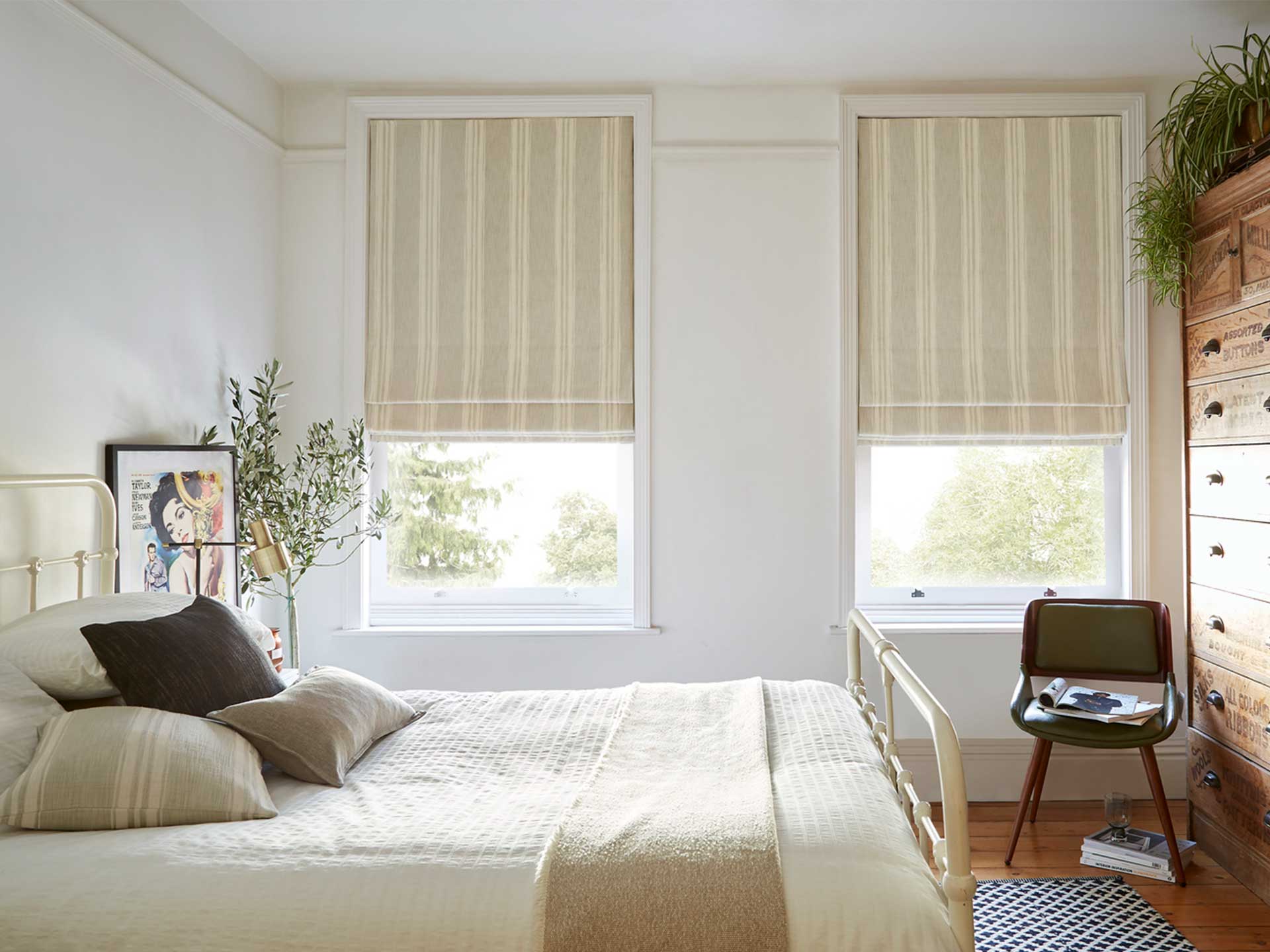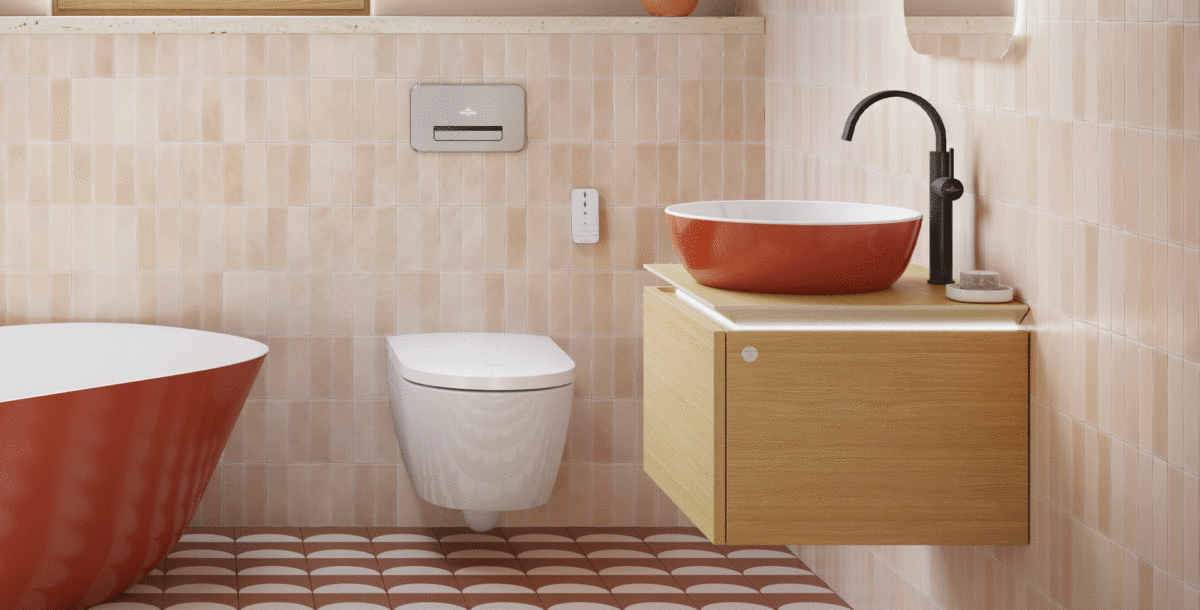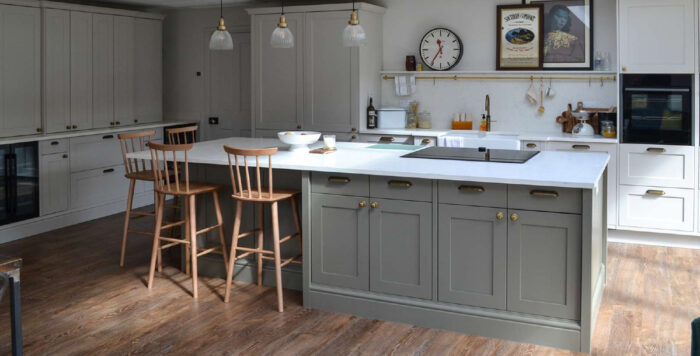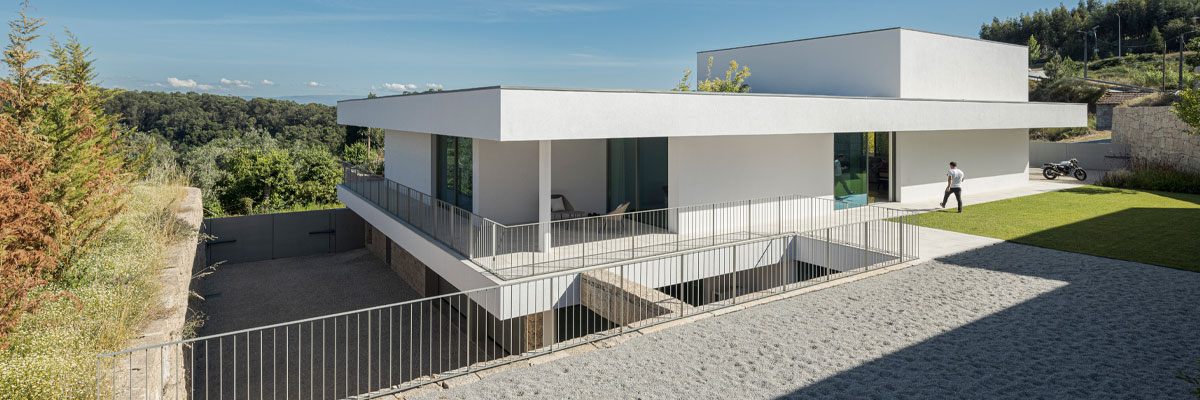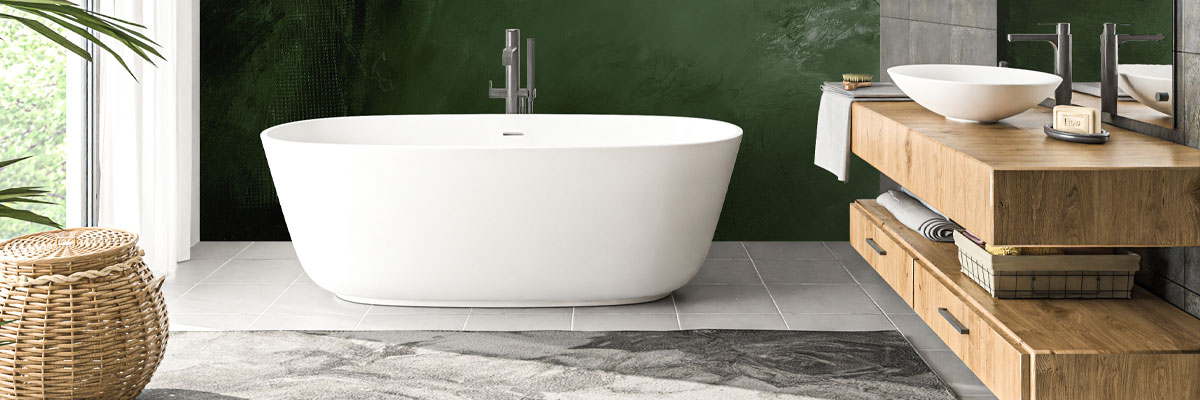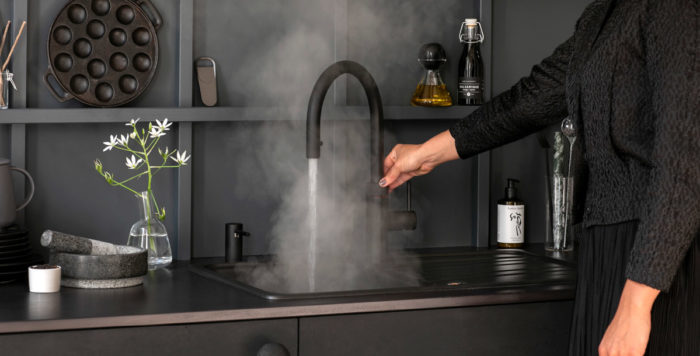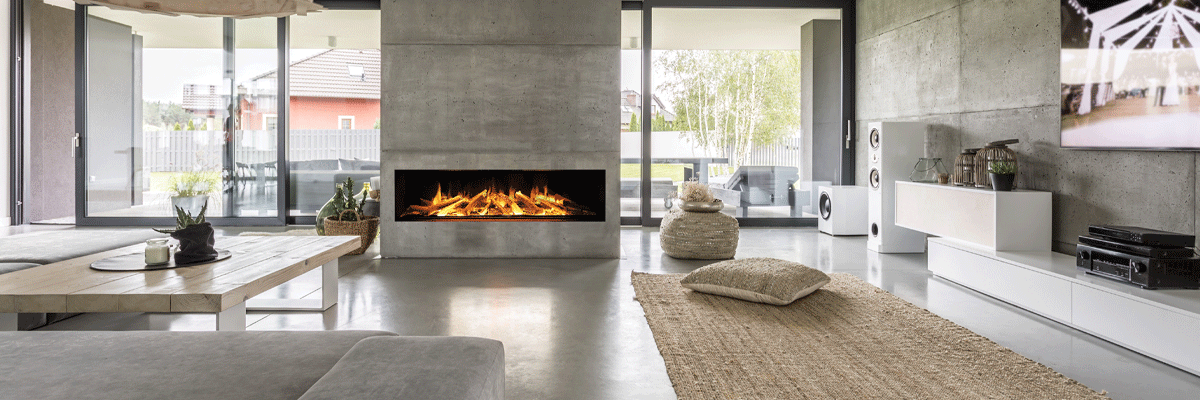How to draught-proof your sash windows
Draught-proof your sash windows to reduce your energy bills and keep your house warm and cosy
As energy bills remain high, one of the best things you can do for your home, if you have sash windows, is to draught-proof them. If you live in a period property, your sash windows are likely to be over a century old, so they are very prone to letting in the cold. Draught-proofing will reduce your monthly outgoings and keep your house warm and cosy. However, given the character, charm and beauty of a sash window, there’s much to consider when it comes to draught-proofing. Here’s everything you need to know before you start.
Firstly, what is a sash window?
The definition of a sash window is a window that doesn’t open with a hinge. Sash windows slide up vertically (or sometimes across horizontally) to open. The very first style of sash window originated in France around the 13th century. These windows weren’t used in the UK until around the 17th-century, where sash windows grew in popularity and became a predominant feature in Victorian, Georgian and Edwardian properties.
A traditional sash window is a moveable glazed panel (there are usually two) that’s fitted into two vertical grooves within the timber window frames. This allows the sashes to move upwards and downwards freely. The movement is enabled by two counterbalances, which are either built into the frame or inside the window. This type of window is also known as a box sash, as the mechanisms are encased within a hidden box that’s built into the sides of the windows.
Sash windows in period homes were designed according to the golden ratio, a mathematical equation between two numbers that equals 1.618 and gives the most aesthetically pleasing design. This rule was observed in the width and height of sash windows and the proportions of the panes.
You can often tell the period of the property by the amount of glazing bars with the sashes. A Georgian property usually has two window sashes with six panes of glass in each, separated by a glazing bar (the slim piece of timber that divides the larger pane into smaller sections). It’s often called a ‘six over six’, as pictured below. If the upper sash is stained glass, this indicates a Georgian property.
Victorian properties often have large ‘two over two’ sash windows, as advances in glass making technology meant much bigger windows and panes of glass were able to be manufactured. Edwardian windows are bigger still and frequently have a combination of both Georgian and Victorian styles with a ‘six over two’ design.
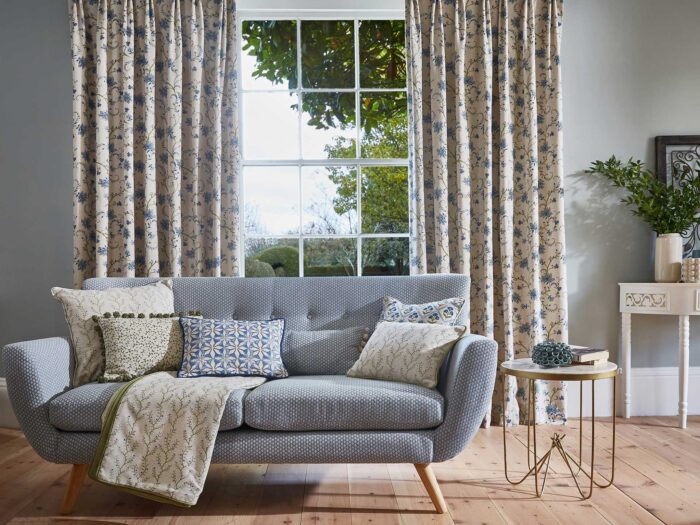
Image credit: Prestigious Textiles
Why should you draught-proof your sash windows?
While sash windows look beautiful and give your property character and style, there are some pitfalls when it comes to maintaining them. Given that many of them were made more than 100 years ago, they’re single-glazed and let the warm air out and the cold air in. In short, they’re not fit for purpose for modern-day energy efficiency and keeping your heating bills low.
It’s easy for condensation to build in a home with sash windows, which can also lead to damp. Too high a percentage of relative humidity within your home (the optimal is between 40% and 60%) can lead to rotting of the timber frames. Too many layers of paint on the timber frames can create even larger gaps and problems with the possibility of the frames rattling. Draught-proofing your sash windows is imperative to retain the property’s classic style while making them viable for daily life.
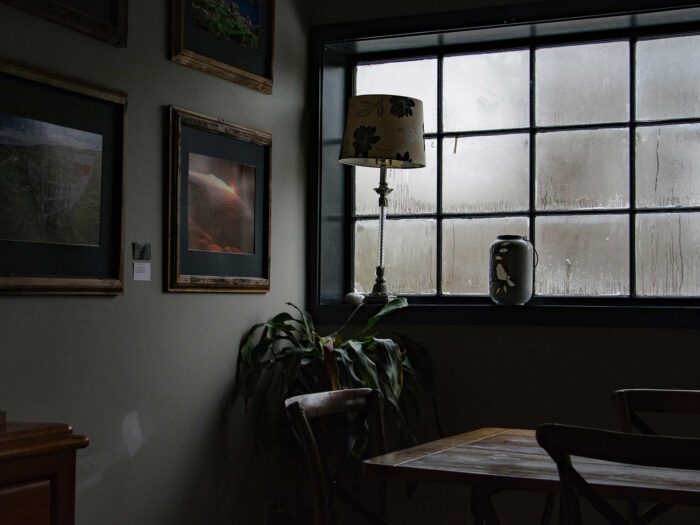
Image credit: Pexels/Golnar Sabzpoush Rashidi
Can you draught-proof sash windows yourself?
You can draught-proof sash windows yourself, with varying degrees of effort and DIY ability required. It’s always worth properly investigating if you can restore your sash windows before considering fully replacing them.
For small repairs on rotten timber, you can use a two-part resin filler. Check the window sill and bottom of the sashes as this where you’re most likely to find any rot damage. For any larger areas of rotting you may need to splice in new wood sections. Be aware not to seal your windows over, it can lead to damp and mould if there’s not enough ventilation.
If the windows are in relatively good shape, there are several options for you to insulate them yourself. Here are the key ways:
Install a new parting bead – the parting bead is a vertical seal which is fitted between the upper and lower sashes and is designed to creates a channel for the sashes to slide past. A new parting bead will reduce the gaps between the window sash and the box frame. They have a built-in draught seal, which makes it easy for future replacements. This will require you to remove at least one window panel.
Replace any worn staff beads – SD Hardware describes a staff bead as ‘the internal bead that sits inside the inner frame of the sash box. Its main function is to hold sashes in place’. New staff beads come have draught-proof strips.
Replace or install a draught-proof weatherstrip – Replacing weatherstrips has mixed reviews in that they’re not a long-term solution and could come loose fairly quickly, but they’re a good quick fix and very cheap. The weatherstrips are sold in rolls and are easy to cut to size and apply yourself, they come in a variety of materials, like foam, plastic or felt. A brush pile weatherstrip is the most effective for excluding draughts. There are also products on the market like Gap Seal, which are designed for temporary installation during the cold months.
Caulk windows shut – If you’ve got a sash window that you don’t use, such as the smaller windows on a bay, you can caulk around them to permanently seal them shut and block gaps.
Window film – There are plenty of options when it comes to window film, with the most common type a clingfilm-like material that you stick over a window and then shrink-to-fit with a hairdryer. These options will stop draughts, but the film has to be removed when you eventually want to open the window; each year you need to buy new film. Some window covers are available in thicker materials that attach to the window via magnetic tape. These options can be used year-after-year, but you need to find somewhere to store them when not in use, and they’re quite visible.
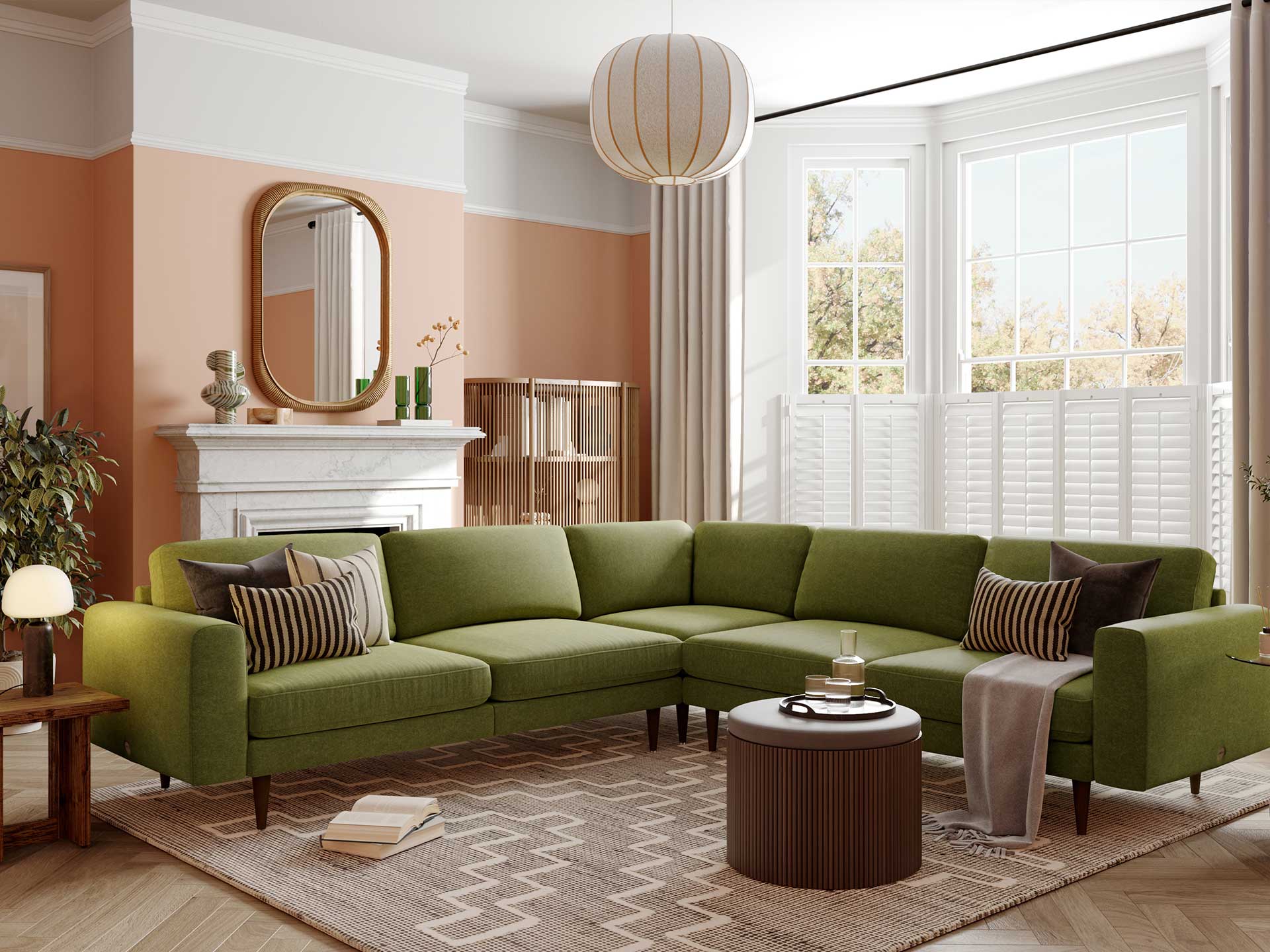
Image credit: Snug
What to consider if getting your sash windows replaced
If your original sash windows are beyond repair, then a full replacement could be your only option. Replacing them with as close a replica as you can is the ideal solution to keep the character of the house. You’ll then need to think about materials. Timber is the obvious choice as it’s what would have been originally used and is in keeping with your period property.
However, if you want something more modern with a higher efficiency then you can opt for uPVC (unplasticised polyvinyl chloride). When looking for a supplier go for one that’s FENSA approved. FENSA is the government’s Fenestration Self Assessment Scheme. Advances in window design mean, while plastics will never be an exact match for timber, you can get a close replica with slim glazing bars and lightweight uPVC. One plus of uPVC is that they’re easy to clean and don’t need painting, and a damp cloth is all you’ll need to keep them looking smart. Reputable uPVC window installers will come with a 10-year guarantee.
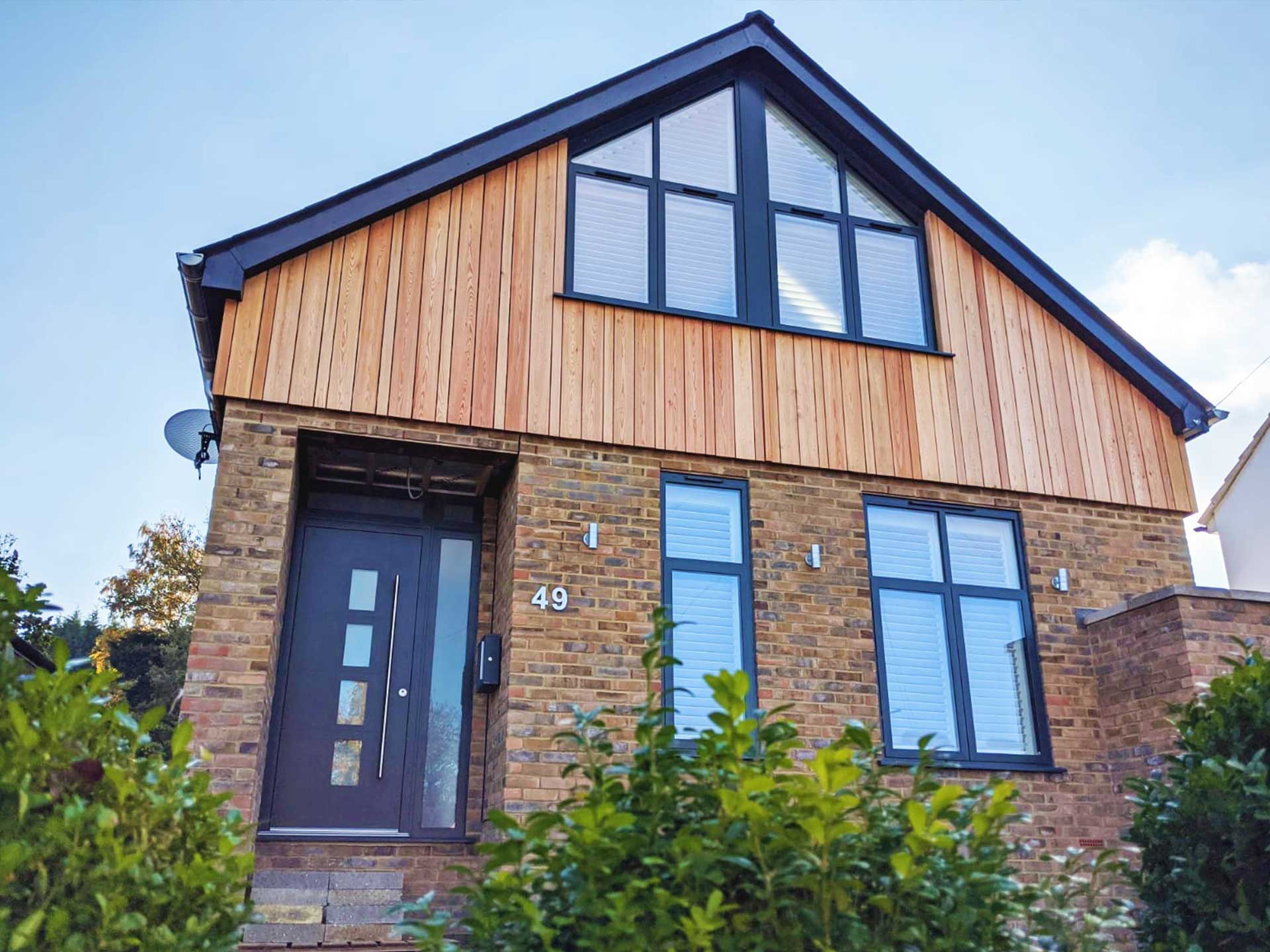
Image credit: Shutters Up
Can you use secondary glazing?
Secondary glazing is fitted to the inside of the windows, providing an extra pane of glass to act as insulation. This method is useful in conservation areas, where you may be unable to replace the existing windows or change their appearance. Downsides are that secondary glazing is visible from the inside, and it doesn’t have the thermal performance of true double glazing. Find out more in our guide to secondary glazing.
What is retrofit double glazing?
Retrofit double glazing is where you fit an insulated glass unit into your existing window frames and joinery. ARCO Double Glazing says that installing double glazing can “bring down energy bills up to 60%, reduce UV rays by 75% and block 70% of noise”.
A huge benefit of retrofit is that you’ll preserve the property’s character and charm by keeping the original frameworks, and it’s cheaper as you’re only installing the glass, as opposed to the full window unit. You’ll need to check the depth of your sash before you look into retrofitting, you’ll need around a 35mm to 38mm sash, any less than that could weaken the window.
Additional benefits of retrofit glazing are increasing your property value, reducing your condensation and therefore the chance of damp in your home and improving your home’s air quality.
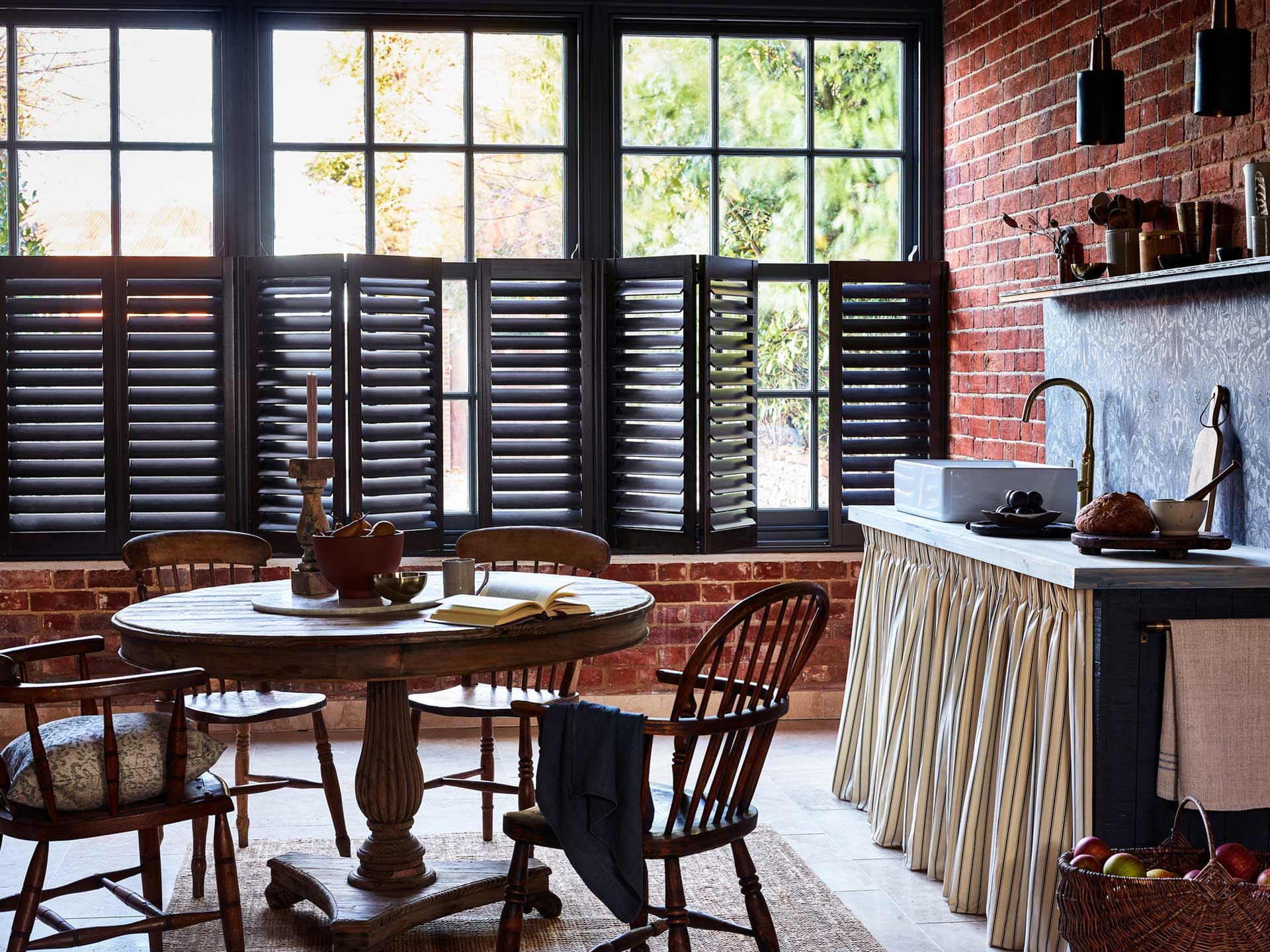
What types of double glazing can you get installed?
If you’re installing brand new sash windows there are several types of glazing to consider. Firstly, there’s standard double glazing, which has two panes of glass with sealed cavity and a minimum thickness of 20mm and a maximum of 28mm.
If you don’t want thick double glazing, slim double glazing has width of only around 14mm (although some are as slim as 10mm) and is more efficient. The U-Value (the measurement that indicates the window’s thermal efficiency) is better and slim glazing is more aesthetically pleasing. With slim double glazing the cavity is filled with a gas like Crypton or Argon. Another benefit of slim line glazing is that it doesn’t give a distorted refection that you sometimes get with regular double glazing.
Vacuum glazing is the most efficient of the three. It doesn’t use gases in the window cavity, just a vacuum, so the gap can be a small as 0.6mm and has the lowest U-Value. If you’re looking for super quiet glazing, Everest’s noise reducing glazing has laminated acoustic glass with a polymer layer sandwiched between.
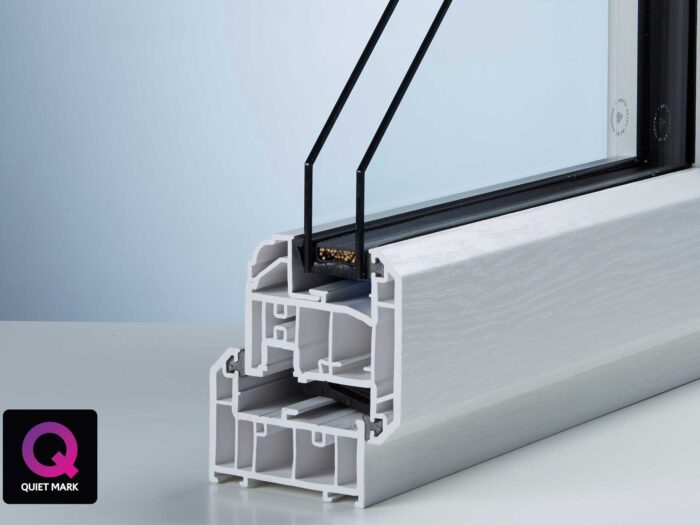
Image credit: Everest
How to cover your sash windows with shutters
Shutters are a stylish option to cover your sash windows for privacy, controlling the light, airflow and adding security to your home and they’ve risen in popularity in recent years. They’re also an added layer of insulation. You’ll be better able to regulate the temperature in your home with shutters, to add warmth in the winter and keep your home cool in the summer months. Shutters also give a lovely clean line and minimalist finish to your interiors.
The downside is that your windows still let in cold air, which gets trapped behind the shutters, which can lead to condensation building up. Regular wipe-downs of your window help keep mould at bay.
Given your sash windows are likely to have been made over a century ago, you may need made-to-measure shutters, as the original frames could be wonky and not of a standard size. It’s best to get a specialist shutter team to measure your windows to account for any problem areas. Then there’s considering what type of shutters to go for. Here’s a quick guide to some of the most common styles:
Tier-on-tier shutters – This style of shutter gives you the most flexibility over controlling the light and privacy in your home as the shutters are designed in two sections. Both the top and the bottom shutters open independently.
Plantation shutters – Plantation shutters have louvres, which are tilted slats that you can angle and open however you like to let light and airflow into the room. This type of shutter offers the most flexibility.
Full height – Full height shutters are just that, covering your entire window and are a great option if your sash windows are single glazed. They can look imposing if you have large windows, but they do offer full privacy and can be fitted to any type of sash window. They’ll need a good amount of space around them if you want to fully open them out.
Café-style shutters – Café-style shutters cover the bottom half of the window only and are a great option if you live on a busy street and want privacy from people looking in, but still want light to flood into your room. For a softer look you can add full length curtains, for total darkness at night.
Other styles to consider are bespoke shaped shutters, for example if you have a semi-circle window above your sash window. There are also solid shutters, which have a European feel and can entirely black out your room. When it comes to materials, sash windows would have predominantly been made from a soft wood like pine, but for shutters, hardwood like beech or oak is the strongest and most hardwearing and will be in keeping with the character of the house. For bathrooms shutters are often made from vinyl or fauxwood as they need to be waterproof.
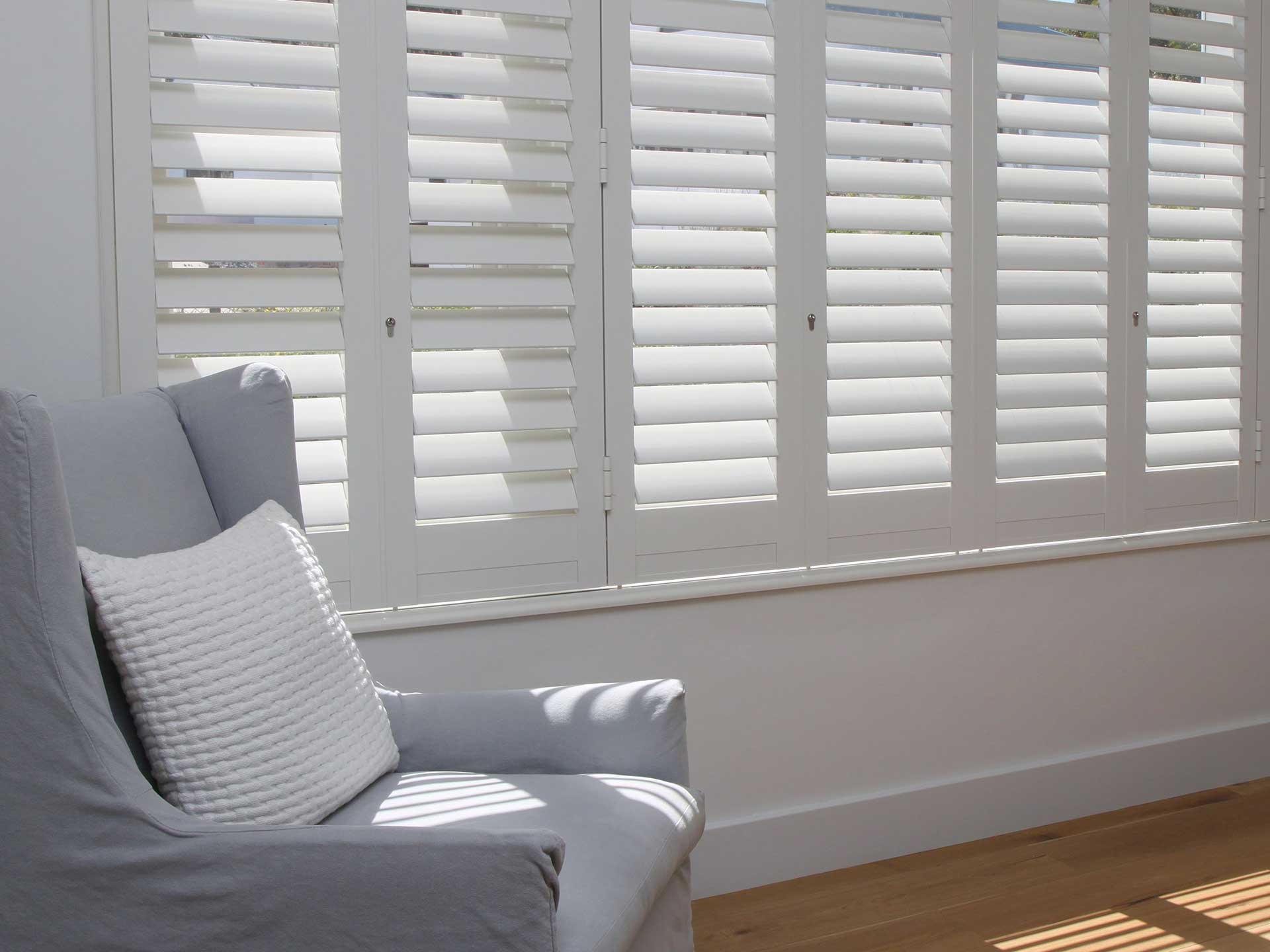
How to dress your sash windows with blinds
Bespoke shutters can be an expensive option to add to your windows, particularly if you have a lot of windows to cover. A chic alternative is adding a heavy blind, that will look great and act as a second layer of insulation and draught-proofing. When choosing the type of blind think about whether you want the blind to sit inside or outside of the window recess (the space around the side of the window, between the window and the wall).
For energy efficiency and draught-proofing, Roman blinds are one of the best, as you can add a thermal lining. Steer clear of them in bathrooms or kitchens because of the higher chance of mould or grease. Roller blinds and Venetian blinds are also good options to dress your sash windows.
